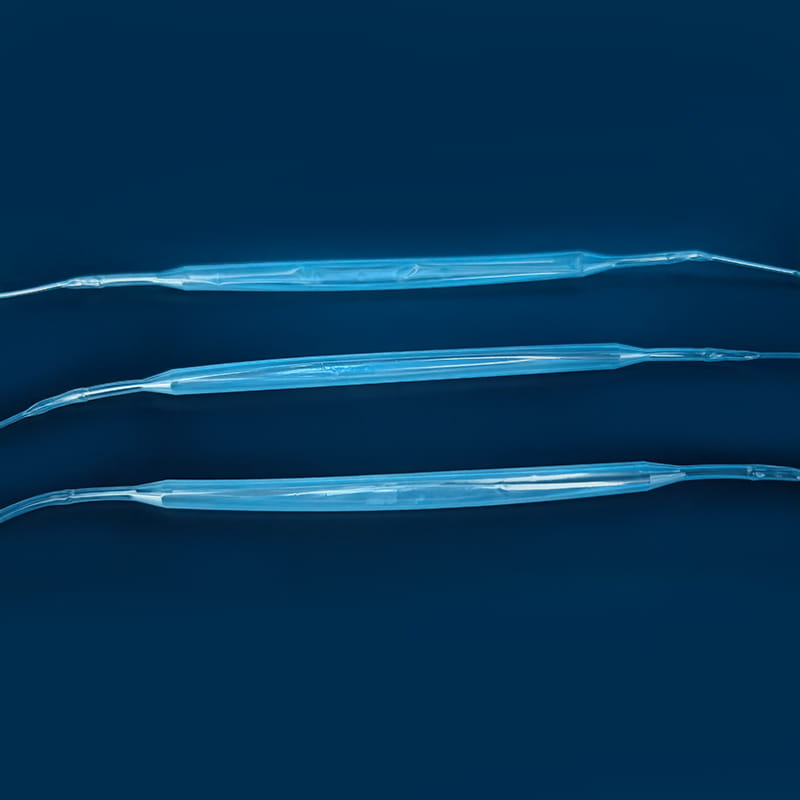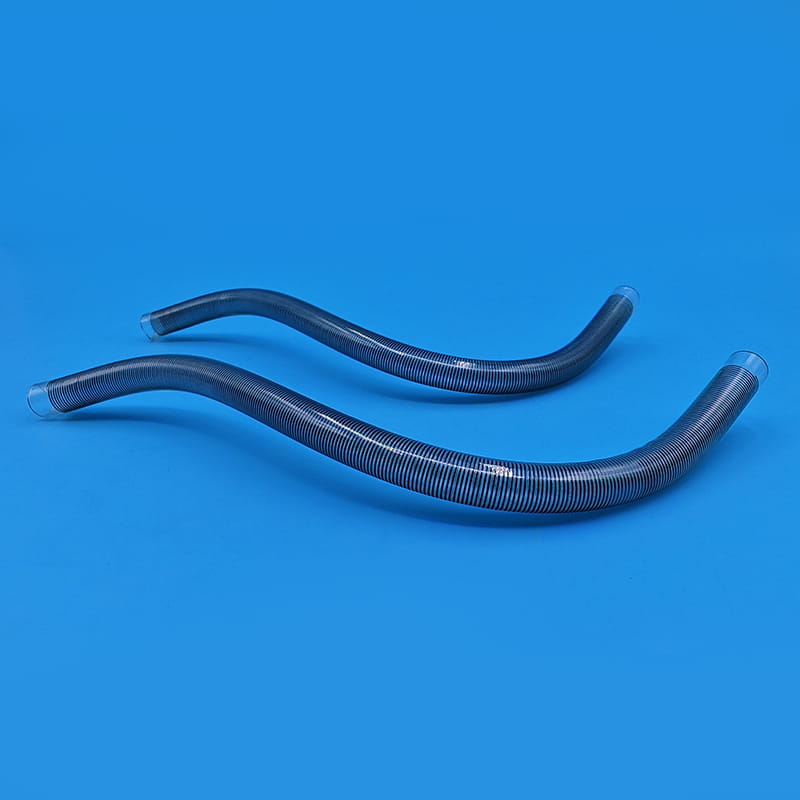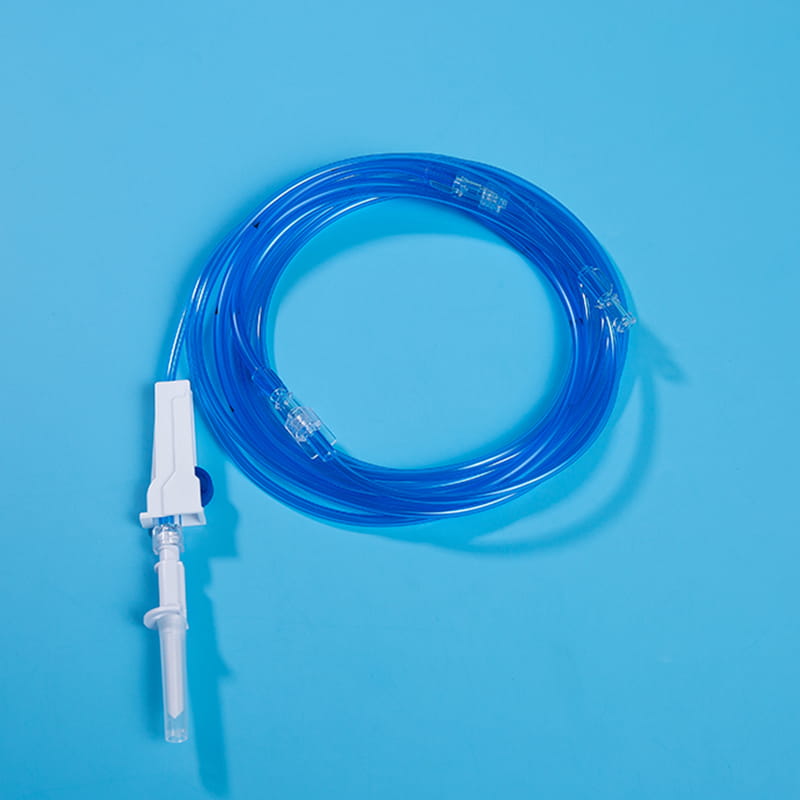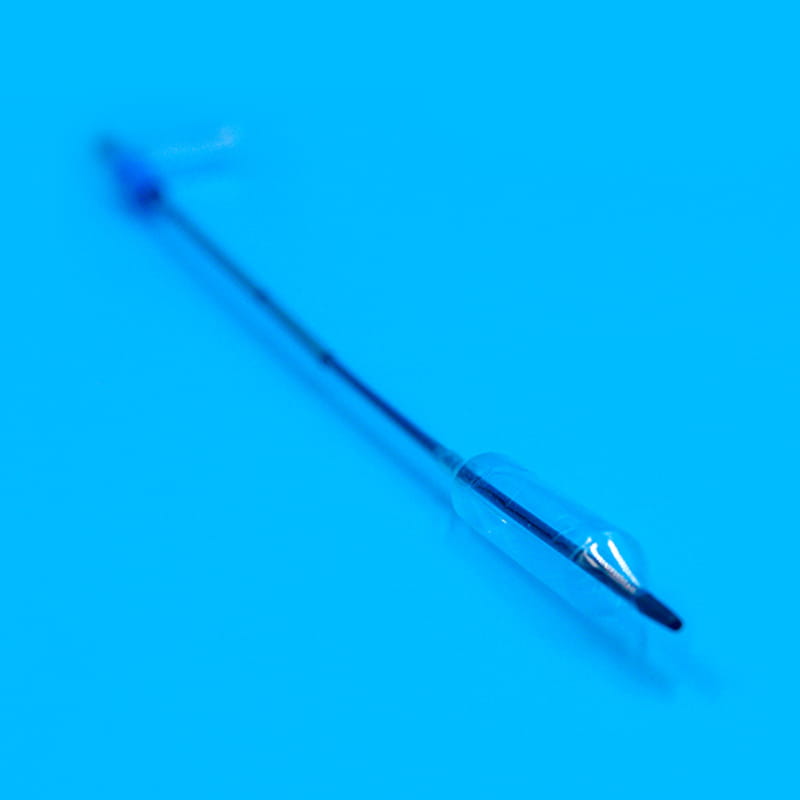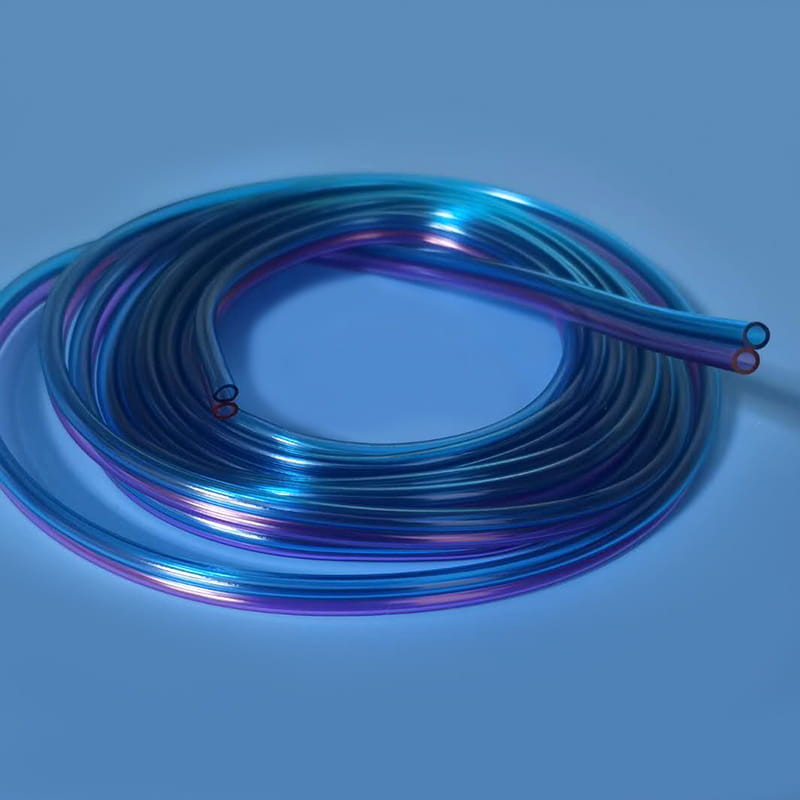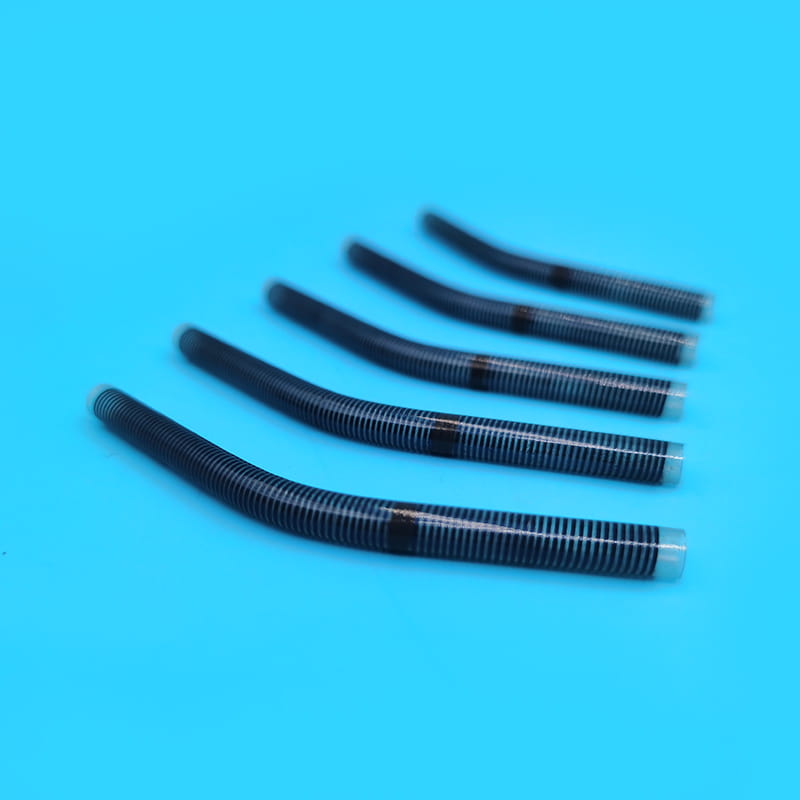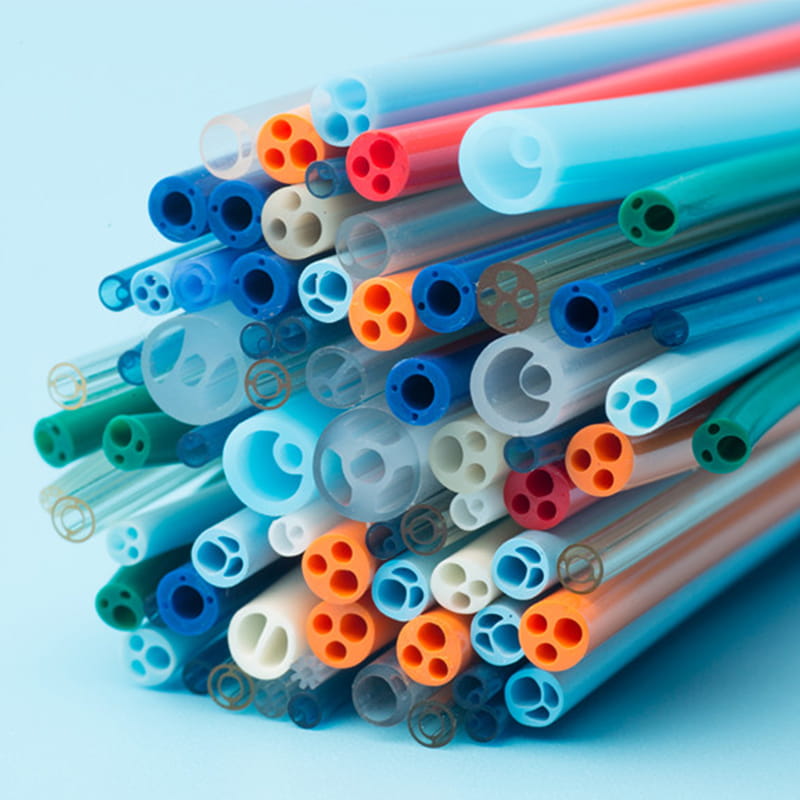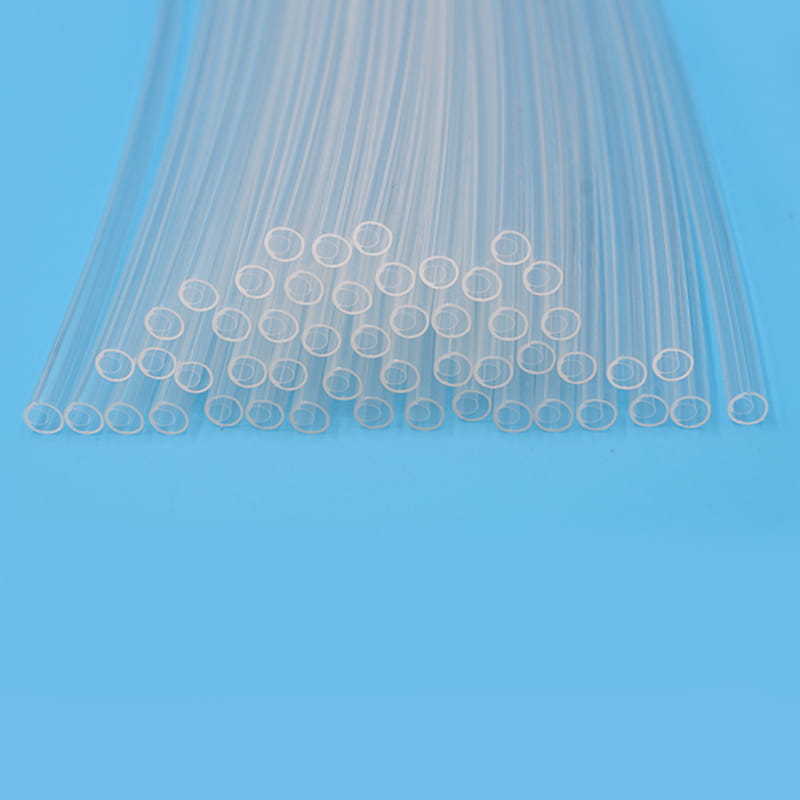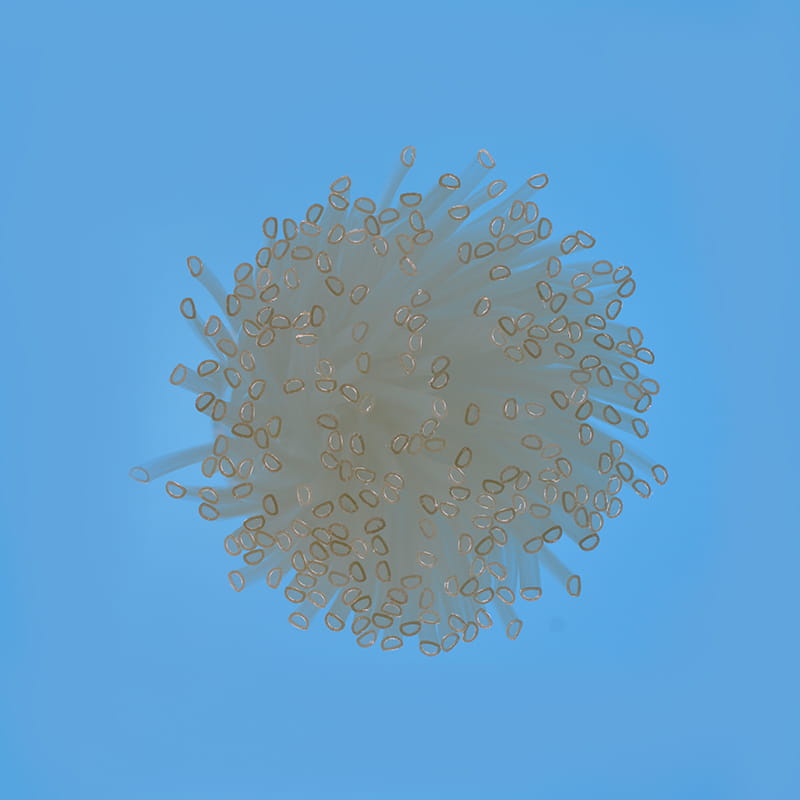Balloon catheter pipeline is a catheter with an inflatable balloon, which is usually used to deliver drugs, medical devices or other therapeutic substances to the target area. In interventional treatment, the main functions of balloon catheters include dilating narrowed or blocked blood vessels, delivering drugs, and positioning and supporting other medical devices. Precision balloon catheters place special emphasis on the accuracy, strength and durability of their pipelines, and can provide efficient and safe treatment in complex clinical environments.
Typical application areas include:
Cardiovascular disease: In percutaneous coronary intervention (PCI), balloon catheters are widely used to dilate narrowed blood vessels and help restore blood flow.
Tumor treatment: Precision balloon catheters can be used for targeted drug delivery and local treatment to enhance the effect of tumor treatment.
Vascular interventional treatment: used for angioplasty, vascular stent implantation and other minimally invasive treatments.
Technical innovation of balloon catheter pipelines
As the demand for minimally invasive surgery continues to increase, the performance requirements for balloon catheter pipelines are also constantly improving. Here are some important innovations in the field of balloon catheter technology in recent years:
1. Use of high-strength materials
The tubing materials of modern precision balloon catheters are increasingly inclined to use high-strength, corrosion-resistant polymers and alloys. These materials can enhance the pressure resistance and wear resistance of the tubing while maintaining softness and ductility, ensuring that the catheter can maintain stable performance during long-term use.
2. Miniaturization and high precision
With the continuous advancement of technology, the size of balloon catheters is getting smaller and smaller, and their precision is constantly improving. Miniaturized balloon catheters can enter smaller blood vessels and organs to meet more sophisticated medical needs. This trend has been widely used in neurointervention, ophthalmic surgery, and complex cardiac surgery.
3. Adjustable balloon design
The balloon of traditional balloon catheters is usually inflated at a fixed pressure, while the balloon design of modern precision balloon catheters is more intelligent and can automatically adjust the inflation pressure according to different treatment needs. This adjustable balloon design greatly improves the accuracy and safety of treatment, especially when used in complex blood vessels or cavities.
4. Integrated multifunctional design
In order to improve treatment efficiency and patient comfort, some high-end balloon catheters have integrated multiple functions. For example, some catheters can simultaneously perform drug release, image monitoring and balloon dilation, thereby reducing the operation time and patient anesthesia time, and reducing the risk of complications.
Key drivers:
Aging society: The elderly population has a higher proportion of chronic diseases such as cardiovascular disease and diabetes, which has driven the demand for high-precision medical devices.
Popularization of minimally invasive surgery: The advancement of minimally invasive technology has enabled more and more patients to benefit from low-risk, fast-recovery treatment methods. As an important part of this, the demand for balloon catheters is also increasing.
Technological innovation: With the continuous introduction of new materials, new designs and new technologies, the functions and performance of balloon catheters will be further enhanced to meet a wider range of clinical needs.


